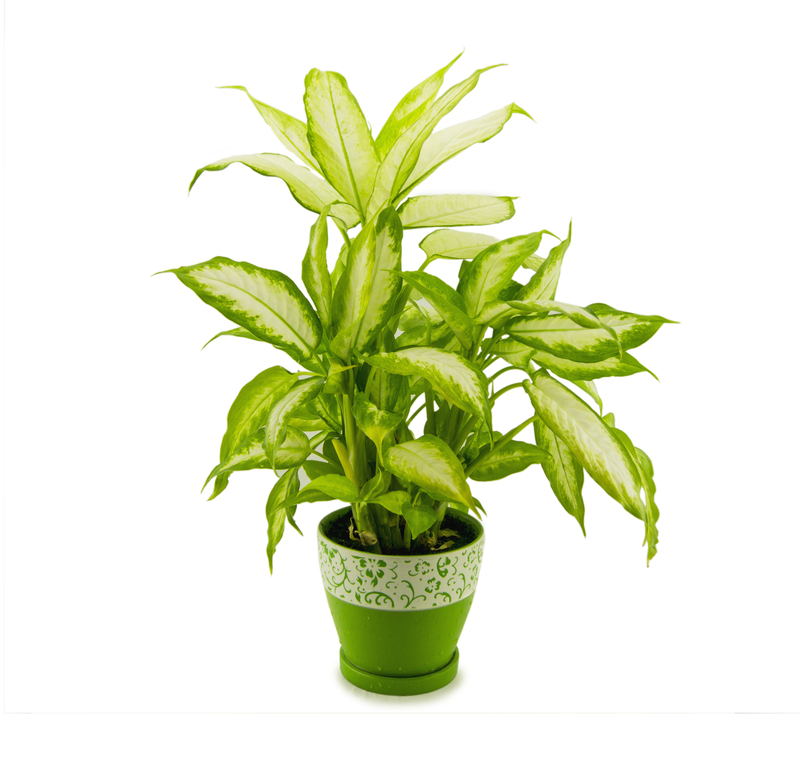Unlock the Secrets to Effective Weed Control with 3 Easy Tips
Posted on 03/09/2025
Unlock the Secrets to Effective Weed Control with 3 Easy Tips
Are persistent weeds taking over your lawn or garden? Controlling invasive and unwanted plants is a perennial struggle for homeowners and gardeners alike. However, achieving effective weed control doesn't have to be daunting. With the right knowledge and approach, you can maintain a lush, healthy landscape free from pesky invaders. In this in-depth guide, we will reveal three straightforward yet powerful weed control techniques that will transform your growing spaces. Whether you wish to manage your backyard, flower beds, or vegetable plot, unleash the secrets to a vibrant, weed-free environment!

The Importance of Weed Control for Gardens & Lawns
Weeds are more than an eyesore--they compete with your desired plants for nutrients, water, sunlight, and space. If left unchecked, weeds can:
- Reduce crop yield and flower production
- Spread diseases and harbor pests
- Cause soil depletion
- Disrupt the aesthetics of your landscaping
Proper weed management is essential not just for looks, but also for the health and productivity of your entire landscape.
Get to Know Your Enemy: Types of Garden Weeds
Before diving into the secrets of successful weed eradication, it's important to recognize the main types of weeds:
- Annual weeds: These complete their lifecycle in one season (e.g., crabgrass, chickweed).
- Biennial weeds: They grow leaves in the first year, flower and seed in the second (e.g., burdock, wild carrot).
- Perennial weeds: These return every year, often spreading with underground roots (e.g., dandelions, bindweed, thistle).
Different weeds require slightly different control strategies. By identifying what type of weeds you're facing, you can deploy the most effective weed management tactics.
Unlock the 3 Essential Tips to Effective Weed Control
Ready to reclaim your landscape? Here are three proven garden weed control strategies to keep your space beautiful and productive all season long:
1. Prevention: The First Line of Defense Against Weeds
- Mulch Your Beds:
Mulching is one of the most powerful gardening weed control secrets. A thick layer of organic mulch (such as shredded leaves, bark, or straw) blocks sunlight, stopping weed seeds from germinating. Mulch also retains soil moisture and adds organic matter as it breaks down.
Pro tip: Apply 2-4 inches of mulch around plants, but be sure to keep it away from stems to avoid rot. Replenish mulch yearly as needed for consistent coverage. - Landscape Fabric:
Using weed barrier fabric under mulched areas provides an additional blockade against perennial weeds. It's particularly helpful for pathways, under shrubs, and around perennial plantings.
Important: Make sure water can penetrate the fabric, and cut holes for established plants. - Dense Planting:
Crowding out weeds is highly effective. Plant your beds densely, using groundcovers and companion planting to reduce open soil spaces where weeds can thrive.
Examples: Use fast-growing annuals or living mulch beneath taller crops and in flower beds.
2. Timely Weed Removal: Early and Often
- Hand Pulling:
For gardens and lawns, frequent hand removal of weeds while they are young is one of the most reliable methods. It prevents weeds from flowering and setting seed.
Tip: Pull weeds after rainfall or watering, when the soil is moist. Grip at the base and remove the entire root system, especially with perennial weeds like dandelion or plantain. - Hoeing and Cultivating:
Using a hoe, stirrup hoe, or hand cultivator, you can slice or uproot weed seedlings regularly. Shallow hoeing is particularly effective for annual weeds and can be done every 1-2 weeks during the growing season.
Warning: Deep digging or tilling can bring buried weed seeds to the surface, so use shallow techniques for established beds. - Maintain Edges:
Grass and weed edges around your garden beds can invade quickly. Use a spade, edging tool, or trimmer to keep the borders sharp and prevent grass from creeping where you don't want it.
3. Smart Use of Herbicides: When and How to Apply Safely
- Selective vs. Non-Selective Herbicides:
Selective herbicides target specific types of weeds (broadleaf, grassy, etc.), while non-selective herbicides kill most plants they contact. For lawns, always choose a product labeled for turf safety.
Tip: Read all labels carefully. Use chemical weed control only as a last resort or for severe infestations. - Spot Treat, Don't Blanket:
Apply herbicides only where weeds are actively growing, using a spray shield or brush for accuracy. Avoid drift onto desirable plants and waterways to minimize environmental impact. - Organic Options:
For environmentally friendly weed management, consider organic herbicides made with clove oil, vinegar, or acetic acid. These products are best for annual weeds and must be applied directly to foliage.
Note: Organic herbicides do not translocate to kills roots of perennial weeds, so repeat applications may be necessary.
Bonus Tip: Encourage Lawn and Plant Health
Healthy, vigorously growing lawns and garden beds outcompete weeds naturally. Follow these practices to promote plant vitality and reduce weed pressure:
- Fertilize according to soil test recommendations
- Water deeply but infrequently to encourage deep root growth
- Mow grass at the recommended height to shade out weeds (usually 2.5-4 inches for most turf types)
- Rotate crops in vegetable gardens to disrupt weed life cycles
Long-Term Strategies for Sustainable Weed Control
Integrated Weed Management (IWM) combines cultural, mechanical, and chemical controls for the best results. Over time, using these diverse techniques will minimize reliance on herbicides and help you achieve lasting, environmentally friendly weed prevention.
- Constant Vigilance: Patrol your landscape regularly to catch small weed problems early.
- Soil Health: Improved soils support vigorous plants, making it tougher for weeds to gain a foothold. Add compost and organic matter each season.
- Pre-emergent Weed Controls: These products prevent weed seeds from germinating and can be incorporated into a holistic weed maintenance plan.
Common Mistakes in Weed Control (and How to Avoid Them)
Even experienced gardeners make mistakes that can make weed invasions worse. Avoid these pitfalls for optimal weed suppression:
- Letting Weeds Go to Seed: One dandelion in flower can lead to hundreds more next year. Remove weeds before they flower and set seed.
- Diluting or Misusing Herbicides: Following label directions is critical for efficacy and safety.
- Overwatering: Weeds thrive in overwatered soils. Water only as needed, and early in the day to limit fungal diseases as well.
- Neglecting Garden Edges and Borders: These areas are hotspots for weed invasion--monitor them closely.
- Failing to Mulch Consistently: Regular, deep mulching is a key weed barrier and should be replenished as it decomposes.

Frequently Asked Questions on Effective Weed Control
How often should I weed my garden or lawn?
For peak weed suppression, inspect your landscape weekly during the growing season. Remove weeds when small--before they become established or go to seed.
Are there any natural remedies for weed control?
Yes! Boiling water, vinegar solutions (for paths and driveways), and dense mulching all offer chemical-free ways to manage weeds. Persistence is key for organic approaches.
What is the best way to prevent weeds in new garden beds?
Start clean: Remove all visible weeds before planting. Lay weed barrier fabric and top with 3-4 inches of mulch. Choose dense plantings with groundcover species for maximum weed suppression.
Can neglected lawns recover from severe weed infestations?
Yes--with consistent care! Renovating your lawn by overseeding, mowing high, proper fertilization, and regular weed removal can turn even weed-filled grass into a lush, healthy turf over time.
Conclusion: Transform Your Landscape with Effortless Weed Management
Achieving effective weed control is within reach for any gardener or homeowner. By mastering prevention techniques, practicing regular weed removal, and using herbicides judiciously (only as needed), you can unlock the secrets to a thriving, weed-free garden or lawn. Remember, the best weed control is proactive and consistent. Integrate these three easy tips into your gardening routine, and enjoy years of beautiful, productive, low-maintenance landscaping. For more gardening advice and expert tips, stay tuned - and happy weeding!

